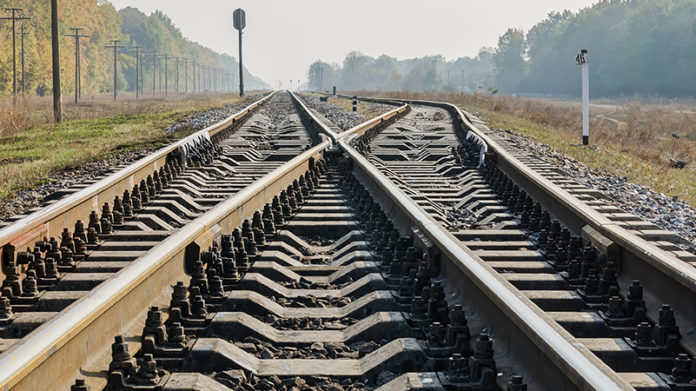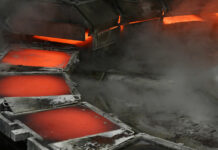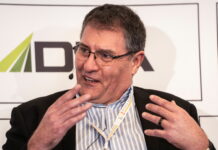
IVANHOE Mines, which is developing the Kamoa-Kakula copper complex in the Democratic Republic of Congo (DRC), has agreed to rail up to 250,000 tons of copper annually to the Angolan port of Lobito along the newly-established Lobito Atlantic rail corridor.
Announcing this today at the Mining Indaba being held in Cape Town, Ivanhoe founder and executive co-chairman Robert Friedland said: “This transformative economic corridor will unlock more copper projects due to lower logistical costs.
“Cheaper logistics increase the amount of economically recoverable copper across the Copperbelt as cut-off grades can be lowered.
“This makes a significant impact on discoveries made in the DRC such as the recent high-grade and open-ended Kitoko copper discovery in the Western Foreland where we are stepping up exploration activities this year. Kitoko is located only 30kms from the existing rail line.”
The Reserve Capacity Agreement reached will allocate Kamoa-Kakula the right to transport along the Lobito Corridor a minimum of 120,000 tons and a maximum of 240,000 tons annually of copper blister-anode or concentrate. Initial trial shipments along the line began in December last year.
Friedland made it clear in his presentation that development of the copper resources of the DRC is crucial to meeting the huge surge in global demand for copper to meet alternative energy requirements as well as rocketing military demand for the metal.
He repeated previous estimates that the world would require 700 million tons (Mt) of copper to be produced in the next 22 years which was about the same amount of copper that had been produced historically since 4000BC. “Where the hell is this metal supposed to come from and how are we going to mine it?” he asked.
He commented that most of this metal would have to be mined in Africa which is home to an estimated 30% of the world’s remaining mineral resources and he described the DRC as “the epicentre of mining on this planet”.
Friedland pointed out that global copper supply was actually declining at present commenting, “We lost more than a million tons of copper supply just this year.”
He added that the current copper price was not high enough to justify building environmentally sound major copper mines at high elevations in South America where many of the world’s current major copper mines were situated.










